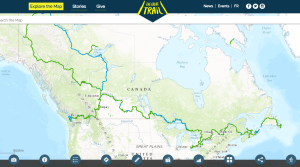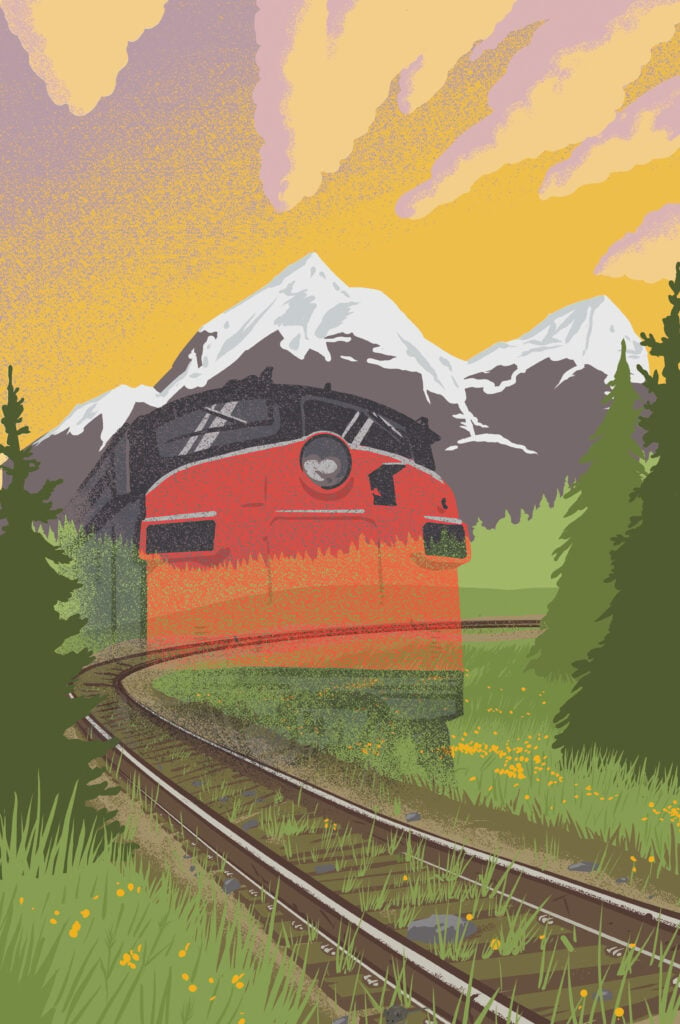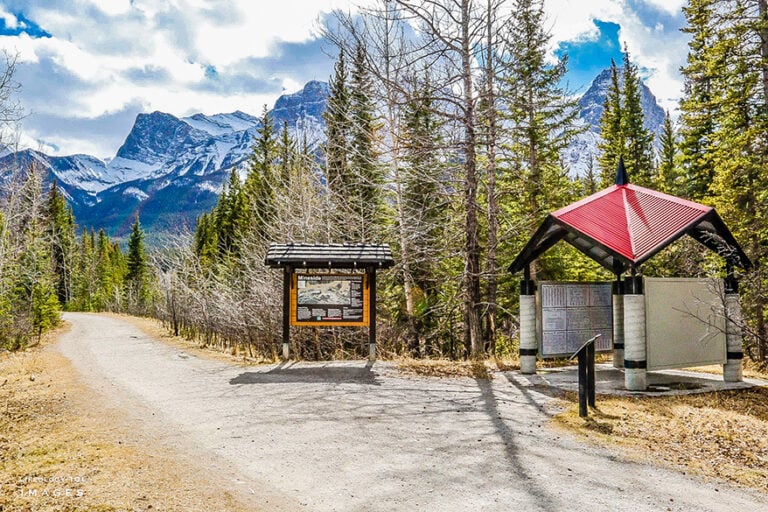Historic rail corridors are ubiquitous in our country, connecting big cities and small towns alike. They could be restored to move people more sustainably in Canada as we rapidly urbanize, clog our highways with carbon-emitting SUVs, evacuate whole cities due to forest fires caused by climate change, and face underwhelming options from our domestic airlines. We have built more than 40,000 kilometres of track network in Canada. But these long, skinny tracts of land, built by a previous version of Canada that prioritized lines on maps rather than complexities on the ground, are today increasingly buried by weeds, trees and rust. And, in many cases, they are being abandoned, parcelled off or seeing their rails torn from the ground.
In the 28 years that Canada has been documenting its rail-network losses, we have dismantled or abandoned a distance equivalent to that between Halifax and Vancouver, with many more losses still in progress. Similarly, the passenger trains that still run on these corridors are today less numerous, slower and less predictable than in even the 1980s, let alone the 1950s when most towns across Canada still had at least one passenger train running each week — or the 1920s when annual ridership peaked, at 51 million, in a country that was then only nine million people. Even Canada’s flagship passenger corridor, Montreal to Toronto, is in decline. A train trip that in the 1980s took as little as three hours and 59 minutes now often takes between four-and-a-half and six.
Perhaps this failure of our passenger railways to thrive, or now even survive on the ground, is a product of their history. The original Canadian Pacific rail network that Sir John A. Macdonald politically engineered in the years following Confederation in 1867 left changes that reverberate to this day. To travel along it is to travel a narrative of Canada as it runs east to west, from Saint John to Vancouver. The numbered treaties. Towns that thrived and towns that died. The influx of millions of settlers, and with them disease, dispossession, death. Battles and uprisings. The inhuman treatment and death of Chinese migrant workers, and the head tax that followed the railway’s completion. A river of wheat, coal, lumber and, today, oil, all flowing out of the periphery and into the core, often benefiting few, and almost always not Indigenous Peoples. Journeys between ocean coasts reduced from four weeks by boat to one week by rail.
While some Canadians struggle to understand why Indigenous protests often blockade this rail network, others understand that the past explains the present. “I think for Indigenous Peoples in general, it is very satisfying to see this engine of colonization shut down,” Gord Hill, author of 500 Years of Indigenous Resistance, told the Globe and Mail in 2020, when blockades in support of Wet’suwet’en resistance to gas development on its territory sprang up in several parts of Canada.
There is a second version of this history. This one is sentimental, focused on how rail connected Canada and on a time, not too long ago, when passenger rail still reliably ran the tracks. Without our passenger rail system we (and the world) would lack towns in many remote parts of the country. We might even lack ideals of beauty or Canadian identity. Canadian Pacific built a network of chateau hotels in otherwise hard-to-access places we now take for granted — think Banff and Lake Louise — and marketed it all as the “Canadian Alps.” As the oft-repeated quote of Cornelius Van Horne goes, “If we can’t export the scenery, we’ll import the tourists.” They did.
Reckoning with these two different historical visions is complex. So is any discussion of the health of Canada’s rail infrastructure: even as passenger travel languishes, there’s a thriving freight train system to move wheat, coal, bitumen, potash and uranium. In 2021, fully half of Canada’s total exports rode atop rail tracks. And Canadian freight rail companies are in empire-building mode. In the mid-2000s, CN bought more than 1,000 kilometres of railway in northern Alberta and Northwest Territories — routes that CN had owned less than a decade before, when it sold them off to American firms. In 2021, CP and CN both put in multi-billion-dollar bids for Kansas City Southern Railway’s network. CP won in 2023, paying US$31 billion to create the first direct railway that links Canada, the United States and Mexico with 32,000 kilometres of track — from Edmonton to Lazaro Cardenas, Mexico.












